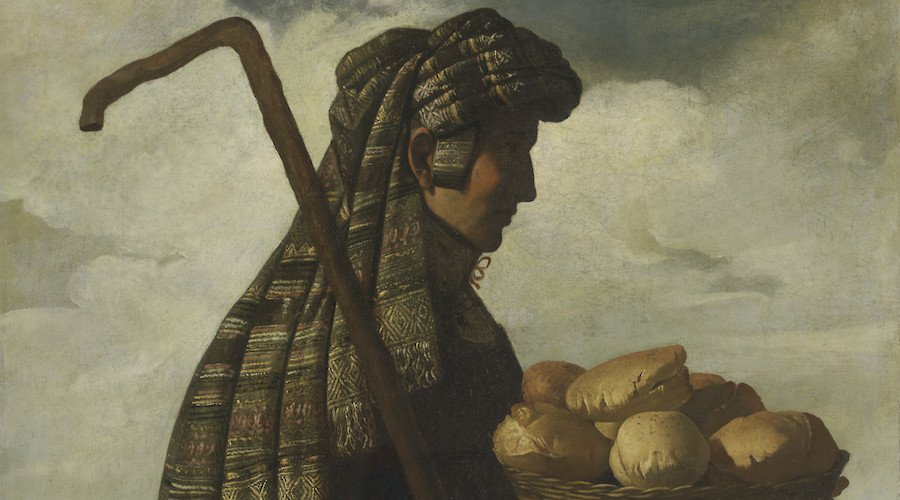Zurbarán's Jacob and His Twelve Sons: Paintings from Auckland Castle

The exhibition of “Jacob and His Twelve Sons” at the The Frick Collection is an ambitious series of thirteen paintings that depict life-size figures from the Old Testament.
On loan from Auckland Castle, the works by the Spanish Golden Age master Francisco de Zurbarán (1598–1664) have never before traveled to the United States. These important seventeenth-century Spanish paintings, dating from the 1640s, have undergone a year-long in-depth technical analysis in the conservation department at the Kimbell Art Museum, Fort Worth.
The iconography of Zurbarán’s remarkable series is derived from the Blessings of Jacob in Chapter 49 of the Book of Genesis, a poem that has significance for Jews, Christians, and Muslims. On his deathbed, Jacob called together his sons, who would become the founders of the Twelve Tribes of Israel. He bestowed on each a blessing, which foretold their destinies and those of their tribes. Jacob’s prophecies provide the basis for the manner in which the figures are represented in Zurbarán’s series. For his compositions, the artist drew inspiration from northern European prints.
The series was likely intended for export to the New World. In seventeenth-century Spain, it was commonly believed that indigenous peoples of the Americas were descended from the so-called “lost tribes of Israel.” The paintings, however, did not come to light until the 1720s in England when they appeared at auction and were purchased by a Jewish merchant. In 1756 they were acquired by Richard Trevor, Bishop of Durham, a supporter of Jewish rights. Trevor hung them in the dining room at Auckland Castle, where they have remained for over 250 years. A two-year restoration of Auckland Castle presents this extraordinary study and exhibition opportunity.